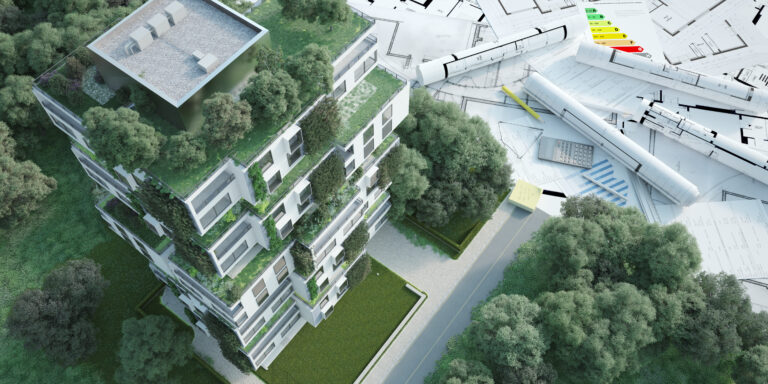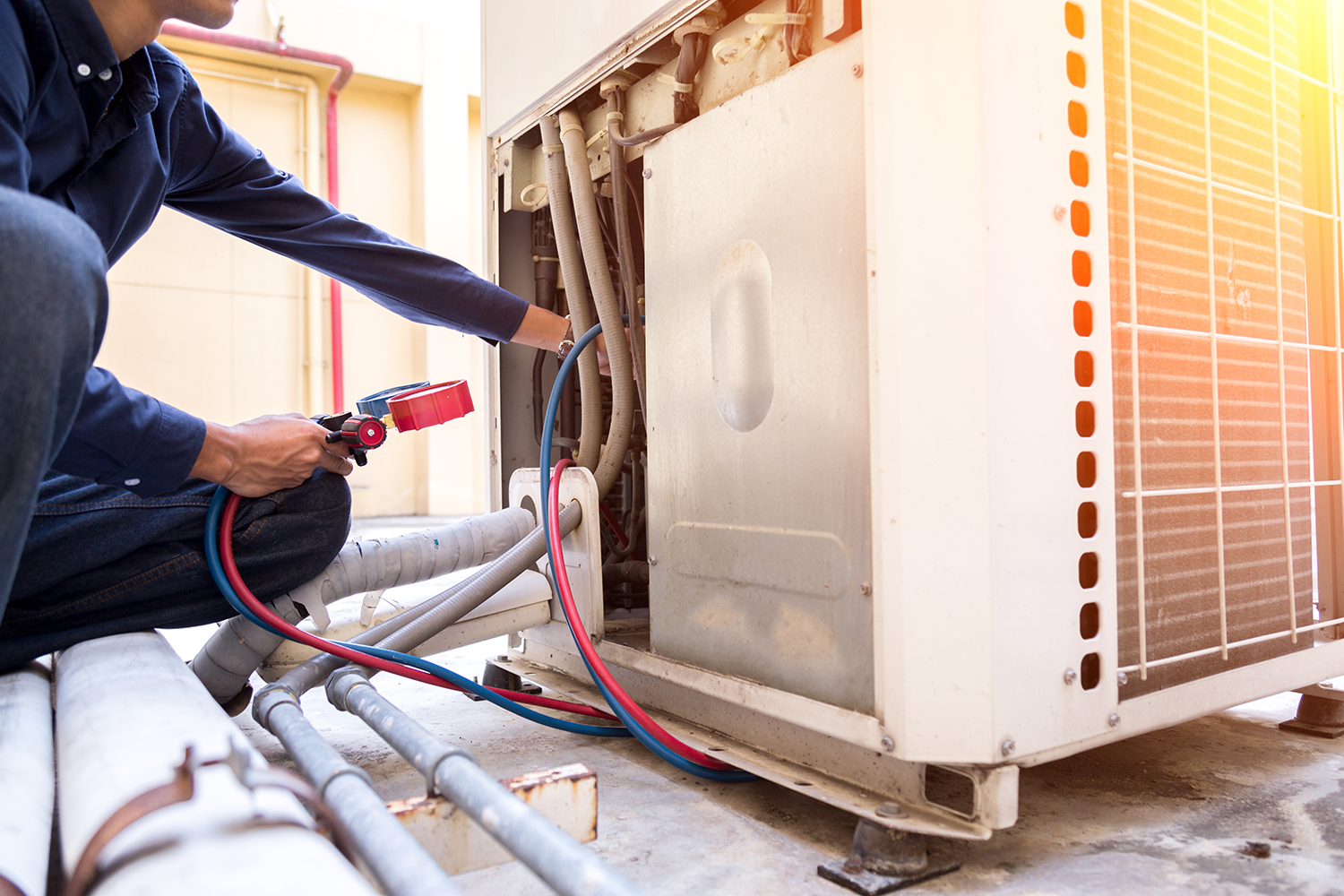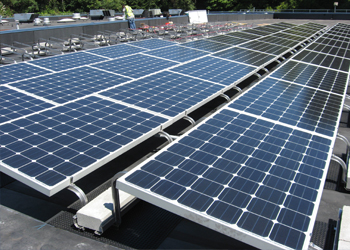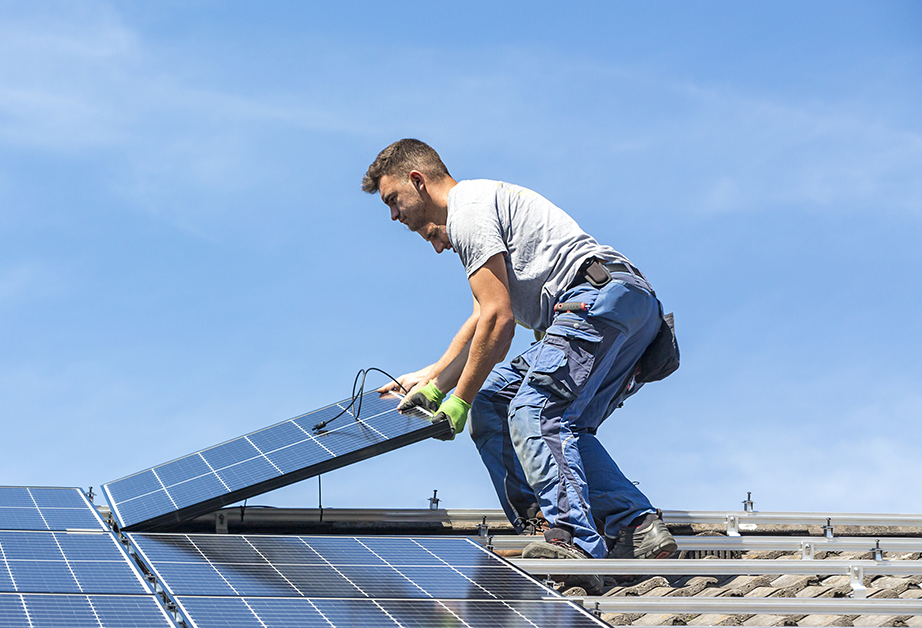Clean Buildings Performance Standard
Clean buildings are essential to meeting our state energy goals. In 2019 the Clean Buildings bill was signed into law, expanded in 2022, and augmented in 2023. The objective is to lower costs and pollution from fossil fuel consumption in the state’s existing covered buildings, multifamily buildings, and campus district energy systems. The law also provides Tier 1 and Tier 2 incentives to encourage building owners to make energy efficiency improvements earlier than required. Learn more about the development and history of the Clean Buildings Performance Standard (PDF).


Frequently asked questions
Browse or search the CBPS frequently asked questions (PDF) for Tier 1 and Tier 2 buildings. If you can’t find what you’re looking for, submit any questions you may have using the CBPS Customer Support Form (on Smartsheet).

How to comply
Building owners and their teams may not know where to start. Visit the Tier 1 and Tier 2 compliance pages to learn more about the general steps to get started.

Clean Buildings Library
Get guidance documents, fact sheets, flowcharts, quick reference guides and other information about the Clean Buildings Performance Standard.

Customer Support and Resources
Find resources from Commerce and other organizations that support compliance, including a directory of qualified persons and qualified energy auditors that may be able to assist you in compliance.

Clean Buildings Portal
The Clean Buildings Portal is a database of all Tier 1 covered buildings. It provides building owners a secure system to manage and submit their building’s compliance with the Clean Buildings Performance Standard. The Portal is currently open to receive Exemption applications for the 1st cohort - Tier 1 covered buildings over 220,000 sf, Early Compliance applications for all Tier 1 covered buildings, and the Early Adopter Incentive Program applications. Watch this space for Tier 1 - 2nd and 3rd cohorts, Tier 2 covered buildings, and campus district energy systems.

Early Adopter Incentive Program
The Early Adopter Incentive Program is available to qualified building owners interested in early compliance with the Clean Buildings Performance Standard. Learn more about the qualifications and application process.
Updates and Events
HB1390 Rulemaking: Decarbonization of District Energy Systems
Gov. Jay Inslee signed House Bill 1390 into law on May 4, 2023, amending the Clean Buildings Law to add a new section on facilities connected to district energy systems. The bill recognizes that building decarbonization is necessary to achieve the state’s climate goals and the advantages of upgrading existing district energy systems while considering the timeline to implement upgrades.
The bill instructs owners of a publicly owned district energy system to develop a decarbonization plan for up to 15 years. The plans must contain strategies to decarbonize the central plant and reduce energy use through conservation efforts at the central plant and the connected buildings
Commerce filed the CR101 on December 11, 2023 to begin rulemaking and solicit comments.
- Introduction to HB1390 – Decarbonization of District Energy Systems
- Workshop #1: Thursday, January 18 – Kickoff and Introduction to HB1390
- Workshop #2: Thursday, February 8, 10:00 a.m. to 12:00 p.m. PT
- Workshop #3: Thursday, March 7, 10:00 a.m. to 12:00 p.m. PT
- Workshop #4: Thursday, March 21, 10:00 a.m. to 12:00 p.m. PT
- HB1390 Workshop 4 Recording (YouTube)
- HB1390 Workshop 4 Slide Deck (PDF)
- HB1390 Workshop 4 Proposed rules (Word)
- HB1390 Workshop 3 Public Comment Form (Smartsheet)
Clean Buildings Workgroup Updates
About: Commerce is convening a workgroup to analyze the financial investments required for owners of Tier 1 covered buildings to comply with the Clean Buildings Performance Standard and to make recommendations to the legislature to assist building owners in attaining compliance.
SBW Consulting, Inc., 2050 Institute and Unrooz Solutions were awarded a competitive contract to complete the financial analysis and facilitation of the workgroup. The workgroup members have been sent the invitation and will meet once a month over the next 11 months.
The Clean Buildings Workgroup will include members representing K-12 schools, state and local government agencies, utilities, healthcare associations, environmental and consumer advocates, business sectors, and other stakeholders, as named in the Washington State Capital Budget, Section 1017(1).
We’ve received significant interest in the Clean Buildings workgroup. Workgroup participation is limited to the representing sectors from the proviso language (PDF). Commerce is trying to balance receiving broad input while having meaningful engagement. We are committed to transparency and will provide opportunities for public input as recommendations are drafted.
Workgroup Update as of Nov 9, 2023
SBW Consulting facilitated the Nov. 1 kick-off, which reviewed the workgroup purpose, charter, deliverables, timeline, and goals for each representing sector.
Goals of the Clean Buildings workgroup:
- Represent Tier 1 building owners and other impacted stakeholders
- Review the analysis of the financial investments required for Tier 1 building owners to comply with the Clean Buildings Performance Standard
- Make recommendations to the legislature to assist building owners in attaining compliance
Commerce and SBW aim to ensure that perspectives from all workgroup members are meaningfully considered, all deliberations are documented, and the planning process is complete, accurate, fair and transparent. The recommendations this group provides will be finalized in a report to legislative committees by September 1, 2024 on how to support building owners in achieving compliance with the Clean Buildings Performance Standard.
The workgroup will convene again in mid-December to analyze financial investments and discuss preliminary findings. Our overall intent is to have a data-driven understanding of the cost of compliance.
Workgroup Update as of Nov 9, 2023
On November 29, 2023, the Clean Buildings Workgroup reconvened to discuss the preliminary methodology for exploring the financial impacts of compliance with the Clean Buildings Performance Standard for Tier 1 buildings in Washington. The financial methodology analyzes costs and benefits for private and publicly owned buildings. A report has been submitted to the relevant legislative committees and will be posted on the Clean Buildings webpage later.
This report is preliminary. The final report with recommendations is due September 1, 2024. The workgroup proposed areas that will be explored further in the second phase of the analysis, including:
- cost of fines and setting appropriate fines for building owners,
- understanding potential non-energy benefits of compliance,
- addressing deferred maintenance,
- occupancy challenges, and more.
The workgroup will meet again in January to discuss barriers to compliance, building data, and cost data.
Workgroup Updates as of Feb 7, 2024
The Washington State Clean Buildings Workgroup met on January 31st. They discussed the meeting plans for 2024, the sandbox for recommendation development, and the building selection criteria for the second phase of the financial analysis. The Workgroup’s feedback will be incorporated into an updated plan for the financial analysis methodology, which will be presented at the next meeting.
The workgroup will meet again in January to discuss barriers to compliance, building data, and cost data.
Workgroup Updates as of March 1, 2024
The Workgroup met on Wednesday. March 27th for their fifth workshop. This workgroup started by reviewing existing resources to support compliance and then shifted focus to developing strategies and recommendations for successful compliance with the CBPS. The workgroup explored strategies for three success factors:
- financing,
- leadership buy-in/value proposition/awareness and
- audits/benchmarking.
Four additional success factors will be discussed in April.
Clean Building Incentive Program Updates
We’ll discuss the enhanced payment for Tier 1 incentives (HB1976), the energy audit incentive for public buildings, and the Verified Auditor Network.
May 9, 2024, 1:30-2:30 p.m. Register
Tier 2 Incentive Program Workshop Series
Tier 2 Program Overview: June 13, 2024, 11 a.m. to 12 p.m. Register
Funding Distribution: August 15, 2024, 11 a.m. to 12 p.m. Register
Building Owner Focus: October 10, 2024, 11 a.m. to 12:30 p.m. Register
Utility Provider Focus: November 14, 2024, 11 a.m. to 12 p.m. Register
Finalizing the Program: December 12, 2024, 11 a.m. to 12 p.m. Register
- June 1, 2026 - More than 220,000 sq. ft.
- June 1, 2027 - More than 90,000 sq. ft. but less than 220,001 sq. ft
- June 1, 2028 - More than 50,000 sq. ft. but less than 90,001 sq. ft
- July 1, 2027 - More than 20,000 sq. ft. but less than 50,001 sq. ft. and All Multifamily residential buildings more than 20,000 sq. ft.
CBPS links
- CBPS home
- How to comply:
- CBPS Document Library
- Customer Support and Resources
- Clean Buildings Portal
- Early Adopter Incentive Program
Resources
Need help?
Call us: 360-725-3105
Or submit questions and request support online using the CBPS Customer Support Form (on Smartsheet).
Subscribe
Commerce has concluded rulemaking for SB5722 – Tier 2.
